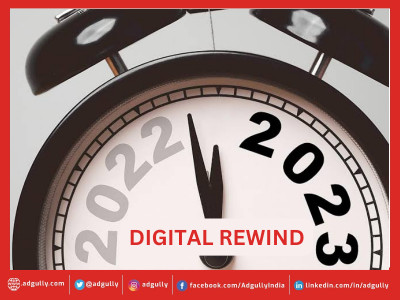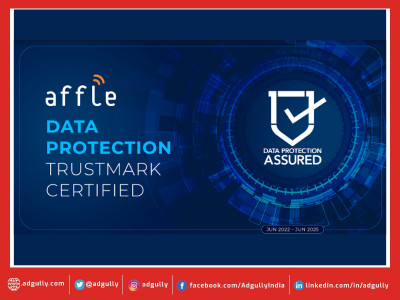How omnichannel brands can scale offline store sales via marketing channels
Authored by Sujoy Golan – Chief Business Officer, Vizury
The modern world is dictated by consumer experience. With consumers spending over 12 hours every day interacting with media devices, it has become important that brands build or strengthen their digital presence. That being said, digital convenience cannot replace the experience of checking out a product in the store. Technology has allowed brand marketers to meld the two to design online-to-offline experiences to enhance and improve the shopping experience. Consumers can now browse products online and pick up the products from the store later. No matter which channel consumers choose to interact in, they expect flexibility and personal touch.
Three Key Challenges Faced by Retail Brands
Even then, retail brands have to deal with certain challenges in the marketplace that threaten to affect their visibility, recall, and sales. In such a scenario, where the retail industry is constantly evolving and being impacted by various factors, brands must be nimble and adaptive to remain competitive and meet the needs of their customers. What then is stopping them from becoming more adept at driving sales?
- High Advertising Spends, Less ROI: Brands have been traditionally relying on advertising to not just drive customers to their digital channels but also drive awareness about their offline stores with the goal to drive foot traffic and offline sales. However, these ad campaigns have been inefficient in driving customers to the stores, leading to high advertising spend and less ROI.
- High Traffic, Low Conversion: Currently the website conversion rates as per industry standards vary between 0.5-2%. This implies there is a huge drop-off from product/cart pages. There can be multiple reasons why this may happen. Due to this, brands are losing out on a huge segment of customers that are researching and exploring products on web/app but would prefer to make purchases offline. The plain old store-locators on website/app fail to capture real-time inventory of hyper-local stores, eventually disappointing the customers at your offline stores and delivering poor CX.
- Low Open Rates on Traditional CRM Marketing Channels: Current marketing channels being used for CRM campaigns such as email or SMS have poor open rates and fail to capture customers’ attention with the objective of re-engaging and driving repeat purchases. Low open rates can be due to a number of reasons such as a lack of personalization, poorly targeted email lists, or uninteresting subject lines. Exploring alternative marketing channels such as WhatsApp can help reach a wider audience and improve overall marketing results.
How can brands address these challenges?
Brands need to focus on bringing in synergies between offline and digital channels. They can actively tap into the digital traffic with an omnichannel presence to connect consumers to their offline stores. Connected retail solutions can help integrate with the brand's digital touchpoints capturing how customers are engaging with them, and keeping track of their buying and spending patterns.
Segmenting customers based on behavioral data
Tracking these behavioral data points allow brands to identify segments of customers that show high product-level intent and launch dynamic campaigns to capture this segment before they drop-off from the purchase funnel. Insights gained from tracking behavioral data points help brands understand what their shoppers want and streamline this experience. They can proactively give online shoppers an option to discover at home or try-and-buy products at their hyper-local stores.
Enabling shoppers that prefer to shop offline with “Try at store” option
Brands surface their hyper-local inventory dynamically on digital channels allowing customers to check product availability in the nearest stores based on their location. This ensures a seamless shopping experience for customers without having to worry about the desired product going out of stock.
Apart from the website, brands should engage with customers on their go-to channel, like WhatsApp, allowing them to discover and reserve the product for ‘Try-and-Buy’ through the messaging app without the hassle of scrolling through the e-commerce site.
Drive higher footfalls and sales at offline brand stores
The data captured with customers’ primary details and their interests, enables brands to enrich their customer database and run hyper-targeted campaigns to engage and activate high-intent customers at the right time. Allowing brands to nudge these hot leads to drive higher walk-ins to your brand stores and deliver a seamless shopping experience for your customers.
Deliver connected online to offline customer experience
The challenges of the retail industry can have a significant impact on a brand's bottom line and its ability to remain relevant in an increasingly competitive market. In order to overcome these obstacles, retailers must be strategic and innovative in their approach. Finding new and creative ways to engage with consumers, while streamlining operations, will help brands drive sales and retain consumers.
















Share
Facebook
YouTube
Tweet
Twitter
LinkedIn